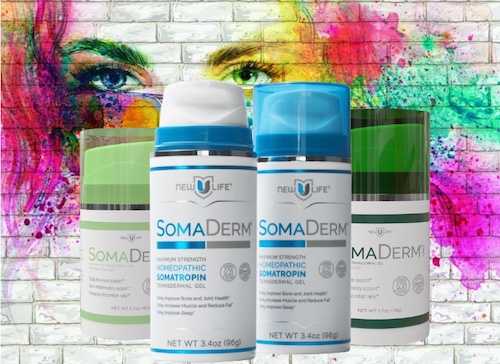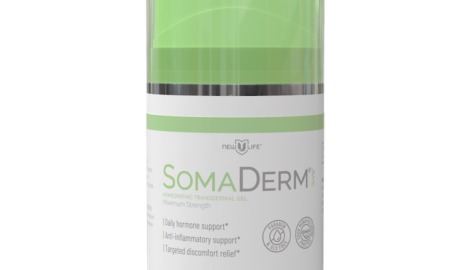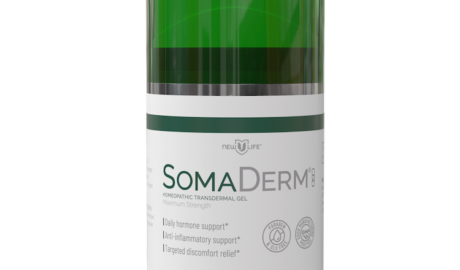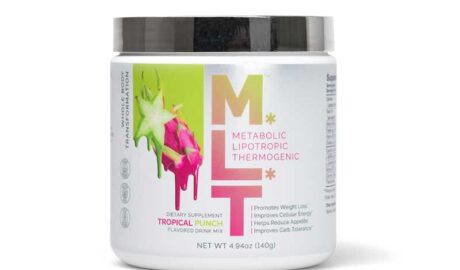Are you always craving for potato chips, pickles, and salty snacks? This may sound okay to many, but health-wise, too much salt is dangerous for the body. The body needs salt for fluid retention and proper functioning.
However, when salt craving begins much, it causes more harm to the body than good and can systematically break down the body system over a long period.
One of the immediate symptoms of excessive salt intake is swollen hands or feet, increased thirst, and headache in some cases. In the long run, it can attack vital organs of your body, causing more severe harm.
Below are some of the damages that salt craving causes to your body.
It can adversely affect the:
- Brain – it impedes the flow of blood to the brain causing cognitive and thinking problems.
- Heart – it increases the risk of an enlarged heart by making it work harder than usual to circulate blood to the body.
- Kidney – It causes the kidney to work harder to purify the system, and this may lead to malfunction and possibly kidney breakdown
- Blood vessels – it stiffens the endothelial cells that line the blood vessels, preventing blood from flowing as effectively as it ought to.
With these consequences, you can see that too much salt intake is terrible.
Most people take in at least 1.5 teaspoons of salt per day, which is about 3400 mg of sodium, and also far more than our bodies need. Nonetheless, the body requires just 2300 mg of sodium per day.
However, if you are caught in the web of salt cravings, there are ways you can curb it. Below are the seven healthy ways to curb salt cravings.
7 Health Ways to Curb Salt Cravings
Salt has a very addictive taste, which our brains and bodies love because it’s necessary to humans.
Nevertheless, many people crave salt for different reasons.
Electrolyte imbalance, dehydration, stress, pregnancy, and premenstrual syndrome can cause salt cravings.
Even some diseases like Addison’s diseases and Bartter syndrome can make you crave salt.
Well, if you want to curb the amount of salt you consume, here are some tips to help you.
1. Gradually reduce intake
Gradually reducing your salt intake allows your taste buds to adapt to lower sodium levels without feeling deprived.
This method is effective because it minimizes the shock to your palate, making the transition smoother.
Start by keeping a food diary to understand how much salt you’re currently consuming.
Begin by reducing the salt in your recipes by a small amount, such as 1/4 teaspoon less than usual.
When you cook at home, you have complete control over the amount of salt used. Gradually reduce the salt in your home-cooked meals.
In addition, choose products labeled “low sodium” or “no salt added” and compare the sodium content of different brands.
2. Eat whole meals
Most millennials feed more on processed snacks and foods than whole meals, which is very unhealthy. Processed food consist of 75% of the sodium Americans take.
Eating whole meals is good for weight loss and avoiding excessive salt intake.
It promotes your overall health by providing your body with the necessary nutrients.
Try all possible means to prevent feeding on prepackaged snacks or processed fast food like noodles every time.
3. Make a meal plan and cook at home
Most times, you get caught feeding on processed meals because you don’t have a meal plan. This will make you eat carelessly.
A meal plan helps to control what you eat, and with a meal plan, you can conveniently put healthy snacks between meals if you are a snack person.
Check out how to create a healthy meal plan. There are many other health benefits of meal planning, especially weight loss.
Cooking at home gives you full control over the ingredients and the amount of salt used in your meals. It’s a practical way to ensure you’re consuming less sodium and more nutritious, whole foods.
4. Know your salt intake limit
The American Heart Association recommends consuming only 2,300 mg of salt daily, which is one teaspoon of salt.
While millennials consume an average of 3,400 and 6,000 milligrams of sodium daily, it is essential to watch the amount of salt in what you eat.
If you love tasty food, you can opt for natural spices and herbs instead of saltier processed food.
5. Exercise regularly
One of the reasons why people carve for processed and prepackaged food is stress.
Stress is linked to causing unhealthy eating habits where you bury yourself up in snacks hoping to regain some energy.
Adequate exercise and rest are effective ways to fight stress.
6. Try herbs and spices
Herbs and spices are excellent alternatives to salt for adding flavor to your dishes. They can enhance the taste of your food without the need for additional sodium.
Try different herbs and spices like basil, oregano, rosemary, thyme, cumin, paprika, and turmeric. Each has a unique flavor profile that can make your dishes more interesting.
Make your own spice blends to use in place of salt. For example, a mix of garlic powder, onion powder, paprika, and black pepper can be a great seasoning for meats and vegetables.
7. Hydrate regularly
Proper hydration is crucial for overall health and can play a significant role in reducing salt cravings.
Sometimes, what we perceive as a craving for salty foods is actually our body’s way of signaling that we need more fluids.
Drinking enough water helps maintain the balance of electrolytes in your body and can curb unnecessary cravings.
8. Chew gum
Chewing gum can be a simple and effective way to distract yourself from salt cravings. It keeps your mouth busy and can help reduce the urge to snack on salty foods.
Opt for sugar-free gum to avoid unnecessary calories and sugar intake.
Carry gum with you so you can reach for it whenever a craving hits, whether you’re at work, at home, or on the go.
There are many different flavors of gum available. Experiment with different ones to find those that you enjoy and that effectively curb your cravings.
You can also use the act of chewing gum as a mindfulness exercise. Focus on the sensation and flavor of the gum, which can help take your mind off cravings.
9. Eat healthy salty snacks
Choosing healthier salty snacks can help satisfy your cravings without overloading on sodium or unhealthy ingredients.
These snacks that are naturally lower in sodium and higher in nutrients can provide the satisfaction you seek while supporting your overall health.
Although indulging in a salty snack now and then is generally healthy for most individuals, some people may need to restrict their salt consumption to manage specific medical conditions, such as kidney disease and high blood pressure.
Some healthy salty snacks include macadamia nuts, deviled eggs, Parmesan crisps, roasted salted chickpeas, homemade soups, nut butter stuffed dates, veggie-loaded chicken bites, and homemade popcorn.
10. Get social
Boredom is a leading cause of salt cravings. When you are bored, you tend just to eat anything around, as they are more convenient for you.
Join a health club in your neighborhood, or join a community exercise team. Do something to get social.
Doing this will not just help curb your salt cravings, but also improve your social health.
11. Go for restaurants that serve whole meals
If you love eating outside, it is advised that you go for restaurants that cook whole meals from scratch rather than the ones that just display menus full of pre-made meals.
And these pre-made meals are processed with salt.
Conclusion
If caught in the salt craving web, gradually put the above points into practice. Don’t try stopping yourself all at once; you may harm yourself. Take it easy, slow, and steady. Always maintain a healthy meal feeding schedule as an individual.
Please follow and like us:
try {
top.udm_inpage_sid = 17643;
} catch (e) {
console.warn(“Error initializing udm inpage. Please verify you are not using an unfriendly iframe”);
}





